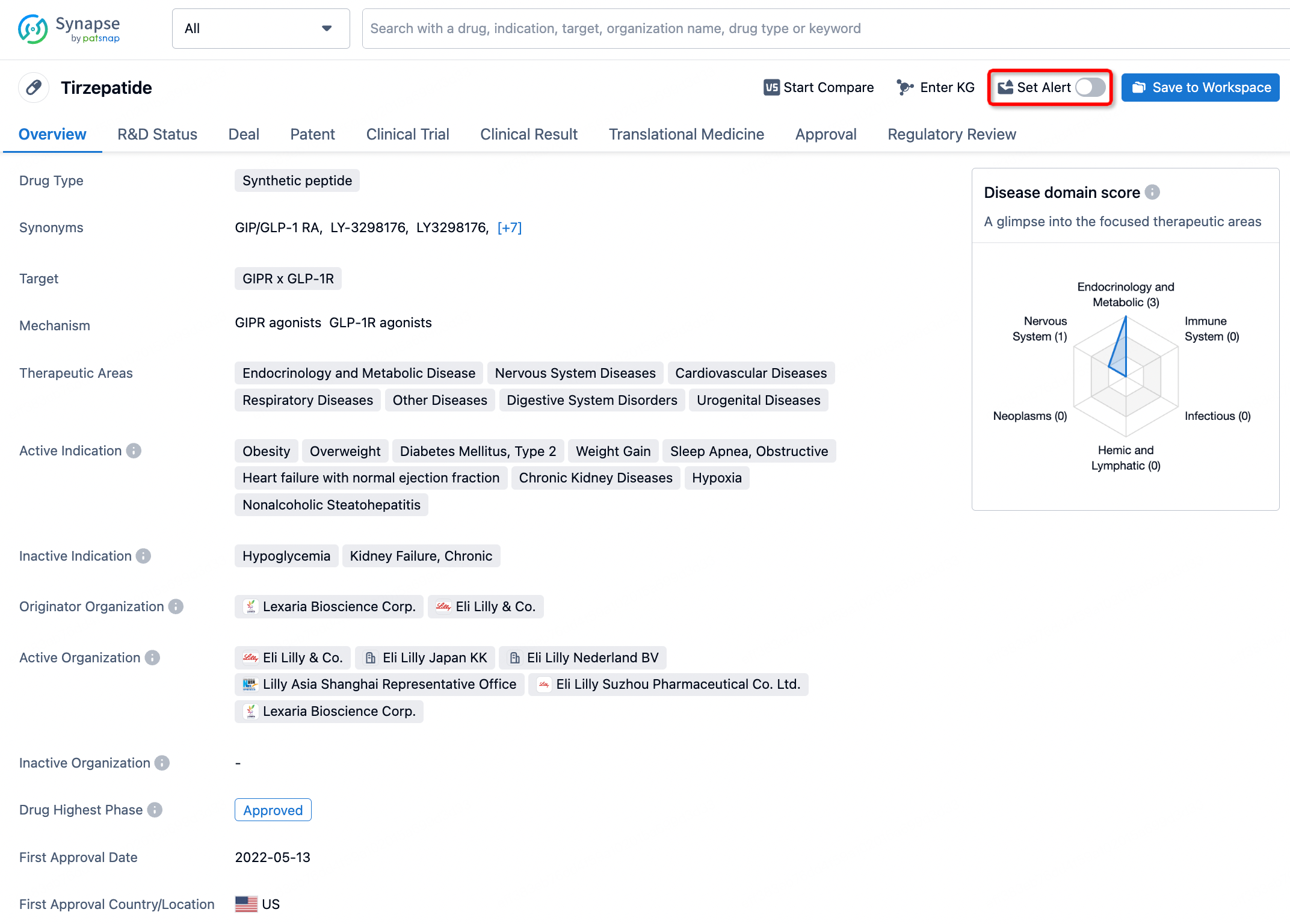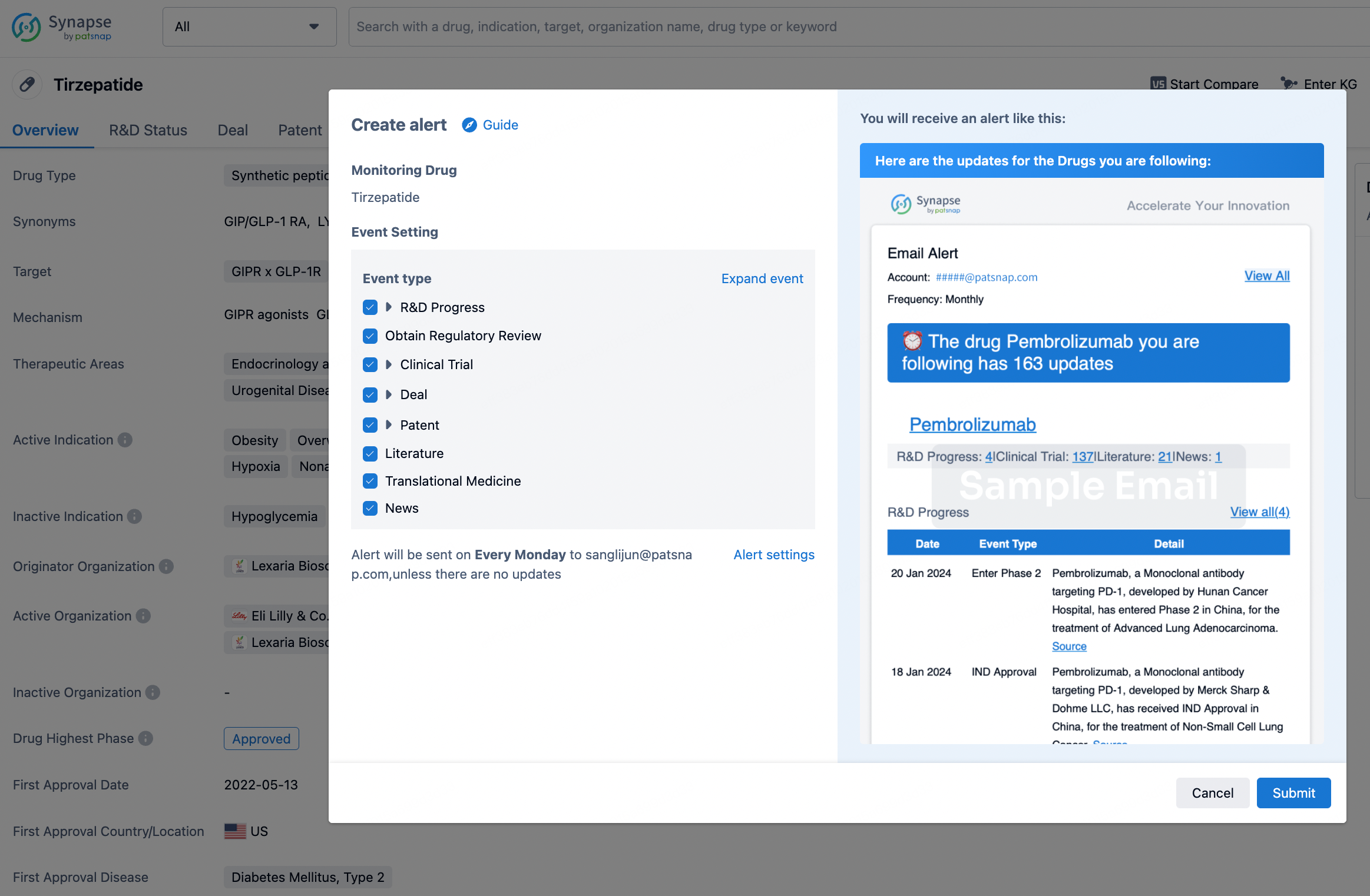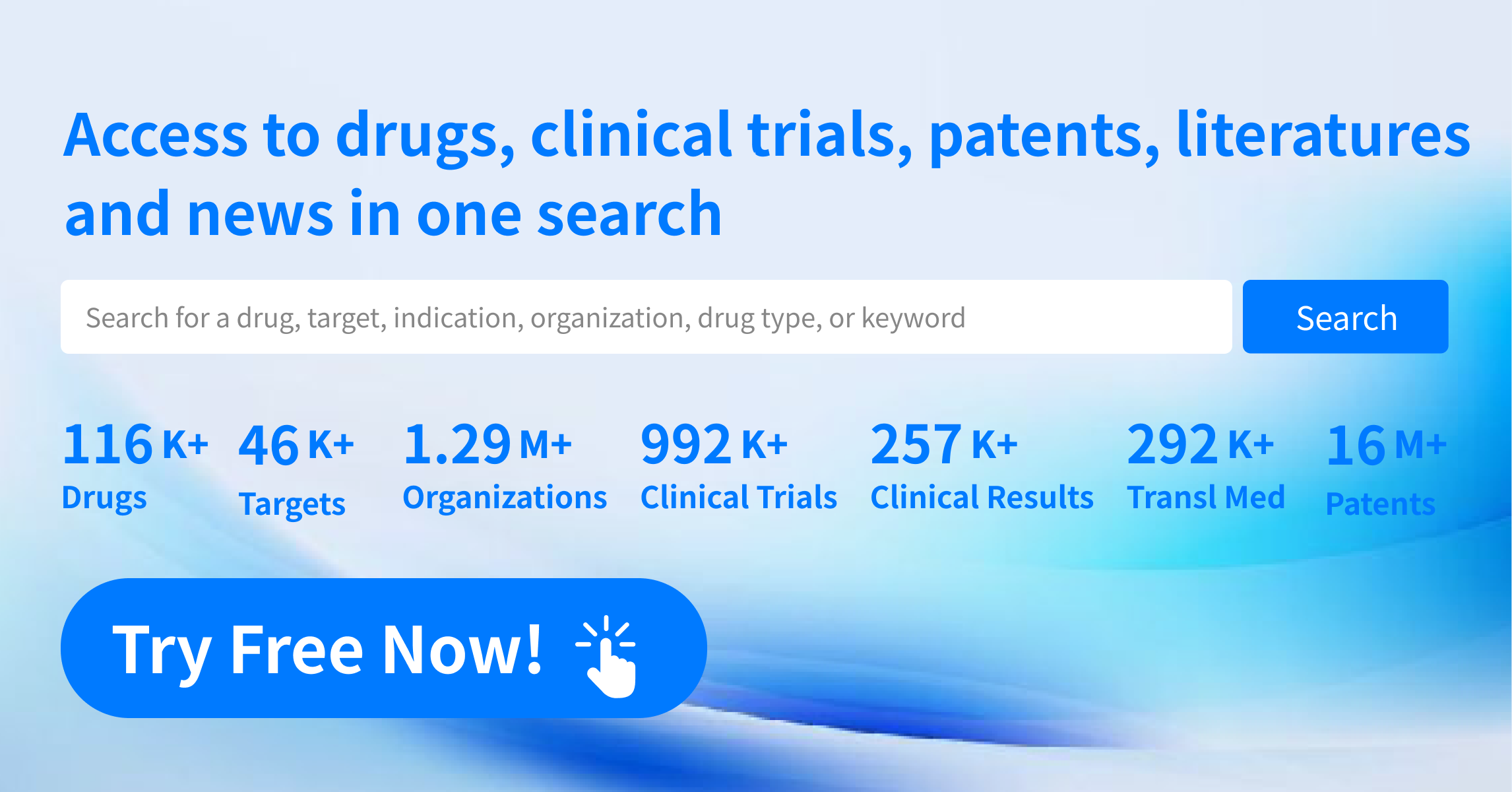Request Demo
What is Spironolactone used for?
15 June 2024
Spironolactone is an established and versatile medication used in various medical fields. Known by trade names such as Aldactone and CaroSpir, it is classified as a potassium-sparing diuretic primarily targeting the mineralocorticoid receptors in the body. Research institutions have long explored its extensive potential, primarily focusing on its diuretic, antihypertensive, and anti-androgenic properties. These studies have contributed significantly to our understanding of the drug's uses in treating conditions like hypertension, heart failure, edema, and even acne and hirsutism in specific populations. Spironolactone has stood the test of time in clinical settings, maintaining its relevance due to ongoing research and its multifaceted applications.
Spironolactone works by competitively inhibiting the action of aldosterone at the mineralocorticoid receptors in the distal tubules of the kidney. Aldosterone is a hormone responsible for increasing the reabsorption of sodium and water and the excretion of potassium. By blocking aldosterone, spironolactone promotes the excretion of sodium and water while conserving potassium, thereby reducing fluid accumulation and lowering blood pressure. Additionally, spironolactone exhibits anti-androgenic effects by inhibiting androgen receptors and reducing androgen production, making it useful in conditions like polycystic ovary syndrome (PCOS) and severe acne. This dual action on mineralocorticoid and androgen receptors underpins its pharmacological versatility.
Spironolactone is typically administered orally in tablet or suspension form. The dosage can vary widely depending on the condition being treated. For instance, in the case of hypertension, the usual starting dose might range from 25 to 100 mg daily, divided into one or two doses. For conditions like heart failure or edema, the dose could be adjusted based on the patient's response and the severity of symptoms, often starting at 25 mg and gradually increasing. When treating acne or hirsutism, the dose might be in the range of 50 to 200 mg daily. The onset of action of spironolactone can take a few days to weeks to be fully observed, particularly for its antihypertensive effects. It's crucial to follow medical guidance when using this medication to tailor the dose and frequency to the individual's needs, ensuring both efficacy and safety.
As with any medication, spironolactone can have side effects, some of which may be serious. Common side effects include hyperkalemia (elevated potassium levels), gynecomastia (breast enlargement in men), menstrual irregularities, gastrointestinal disturbances, fatigue, and dizziness. More severe but less common side effects can include severe hyperkalemia, metabolic acidosis, renal dysfunction, and hypersensitivity reactions. Patients with conditions such as Addison’s disease, hyperkalemia, or significant renal impairment should avoid spironolactone due to the increased risk of adverse effects. Monitoring of serum electrolytes, particularly potassium and renal function, is essential during treatment to mitigate potential risks. Pregnant women should use spironolactone with caution, as its effects on fetal development are not fully understood, and it may affect hormone levels.
The interaction of spironolactone with other drugs is another critical consideration. Concomitant use of potassium supplements or potassium-sparing diuretics can increase the risk of hyperkalemia. Nonsteroidal anti-inflammatory drugs (NSAIDs) may reduce the diuretic and antihypertensive effects of spironolactone and increase the risk of renal impairment. ACE inhibitors and angiotensin II receptor blockers (ARBs) can also elevate potassium levels when used with spironolactone. Lithium, digoxin, and certain anticoagulants may have altered effects when used alongside spironolactone, necessitating close monitoring. It is important to inform healthcare providers of all medications being taken to avoid harmful interactions and ensure optimal therapeutic outcomes.
In conclusion, spironolactone is a well-established drug with a broad range of applications, from managing hypertension and heart failure to addressing dermatological and endocrine conditions. Its mechanism of action, primarily through aldosterone antagonism and anti-androgen effects, underlies its diverse therapeutic uses. Proper administration and awareness of potential side effects and drug interactions are essential for maximizing its benefits while minimizing risks. As ongoing research continues to elucidate new applications and refine its use, spironolactone remains a valuable tool in the armamentarium of modern medicine.
Spironolactone works by competitively inhibiting the action of aldosterone at the mineralocorticoid receptors in the distal tubules of the kidney. Aldosterone is a hormone responsible for increasing the reabsorption of sodium and water and the excretion of potassium. By blocking aldosterone, spironolactone promotes the excretion of sodium and water while conserving potassium, thereby reducing fluid accumulation and lowering blood pressure. Additionally, spironolactone exhibits anti-androgenic effects by inhibiting androgen receptors and reducing androgen production, making it useful in conditions like polycystic ovary syndrome (PCOS) and severe acne. This dual action on mineralocorticoid and androgen receptors underpins its pharmacological versatility.
Spironolactone is typically administered orally in tablet or suspension form. The dosage can vary widely depending on the condition being treated. For instance, in the case of hypertension, the usual starting dose might range from 25 to 100 mg daily, divided into one or two doses. For conditions like heart failure or edema, the dose could be adjusted based on the patient's response and the severity of symptoms, often starting at 25 mg and gradually increasing. When treating acne or hirsutism, the dose might be in the range of 50 to 200 mg daily. The onset of action of spironolactone can take a few days to weeks to be fully observed, particularly for its antihypertensive effects. It's crucial to follow medical guidance when using this medication to tailor the dose and frequency to the individual's needs, ensuring both efficacy and safety.
As with any medication, spironolactone can have side effects, some of which may be serious. Common side effects include hyperkalemia (elevated potassium levels), gynecomastia (breast enlargement in men), menstrual irregularities, gastrointestinal disturbances, fatigue, and dizziness. More severe but less common side effects can include severe hyperkalemia, metabolic acidosis, renal dysfunction, and hypersensitivity reactions. Patients with conditions such as Addison’s disease, hyperkalemia, or significant renal impairment should avoid spironolactone due to the increased risk of adverse effects. Monitoring of serum electrolytes, particularly potassium and renal function, is essential during treatment to mitigate potential risks. Pregnant women should use spironolactone with caution, as its effects on fetal development are not fully understood, and it may affect hormone levels.
The interaction of spironolactone with other drugs is another critical consideration. Concomitant use of potassium supplements or potassium-sparing diuretics can increase the risk of hyperkalemia. Nonsteroidal anti-inflammatory drugs (NSAIDs) may reduce the diuretic and antihypertensive effects of spironolactone and increase the risk of renal impairment. ACE inhibitors and angiotensin II receptor blockers (ARBs) can also elevate potassium levels when used with spironolactone. Lithium, digoxin, and certain anticoagulants may have altered effects when used alongside spironolactone, necessitating close monitoring. It is important to inform healthcare providers of all medications being taken to avoid harmful interactions and ensure optimal therapeutic outcomes.
In conclusion, spironolactone is a well-established drug with a broad range of applications, from managing hypertension and heart failure to addressing dermatological and endocrine conditions. Its mechanism of action, primarily through aldosterone antagonism and anti-androgen effects, underlies its diverse therapeutic uses. Proper administration and awareness of potential side effects and drug interactions are essential for maximizing its benefits while minimizing risks. As ongoing research continues to elucidate new applications and refine its use, spironolactone remains a valuable tool in the armamentarium of modern medicine.
How to obtain the latest development progress of all drugs?
In the Synapse database, you can stay updated on the latest research and development advances of all drugs. This service is accessible anytime and anywhere, with updates available daily or weekly. Use the "Set Alert" function to stay informed. Click on the image below to embark on a brand new journey of drug discovery!
AI Agents Built for Biopharma Breakthroughs
Accelerate discovery. Empower decisions. Transform outcomes.
Get started for free today!
Accelerate Strategic R&D decision making with Synapse, PatSnap’s AI-powered Connected Innovation Intelligence Platform Built for Life Sciences Professionals.
Start your data trial now!
Synapse data is also accessible to external entities via APIs or data packages. Empower better decisions with the latest in pharmaceutical intelligence.


